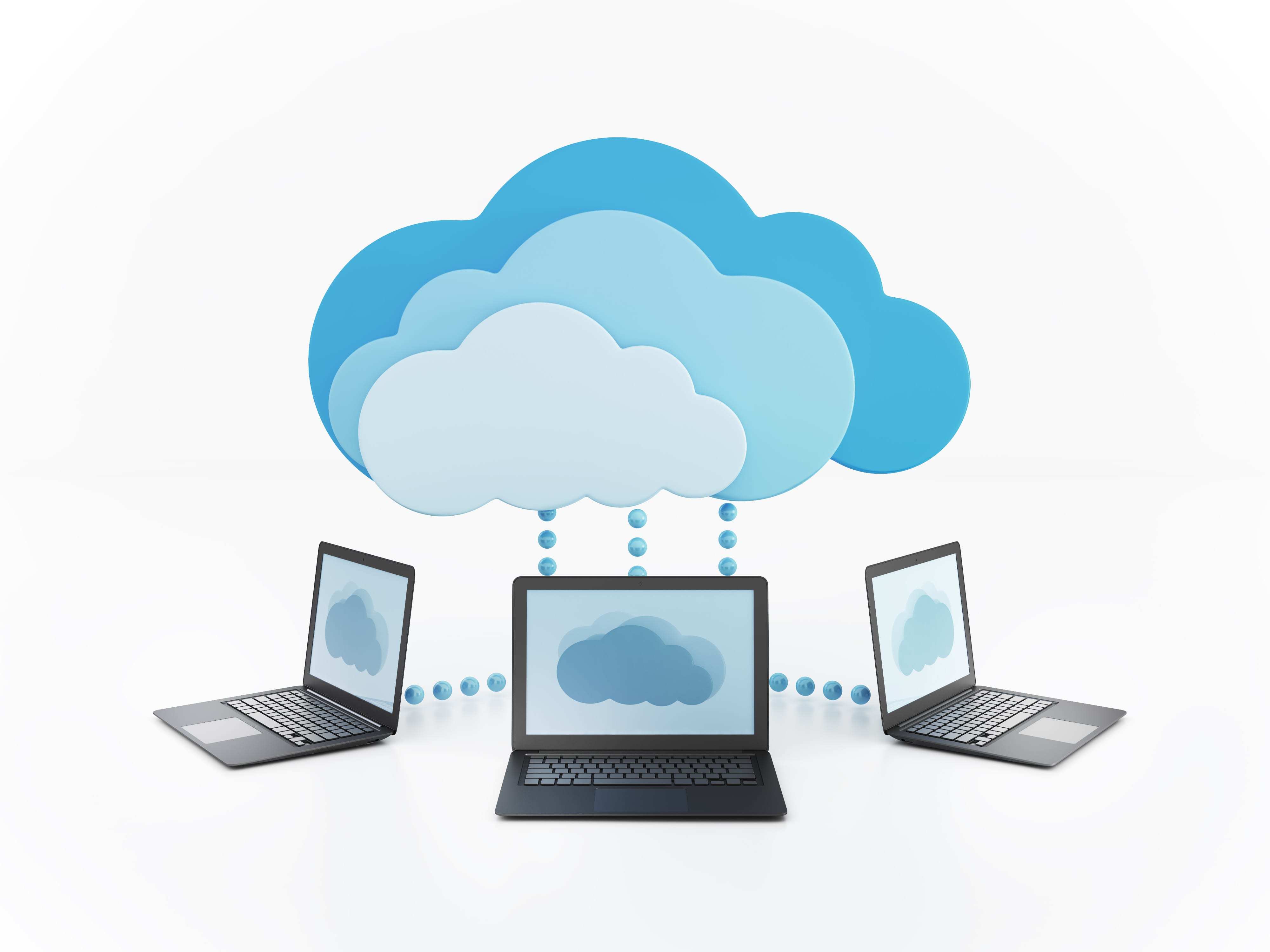Cloud (SDN) Networking

What is Cloud (SDN) Networking?
Software-defined networking (SDN) refers to a range of technologies that enable network management through software. With SDN, IT administrators can easily configure their networks using dedicated software applications. The beauty of SDN lies in its interoperability, allowing seamless integration with routers and switches from different vendors.
The Benefits of Cloud (SDN) Networking
Visibility and control - Gain complete visibility and centralised control over your entire network with SDN. Anticipate and resolve issues proactively by identifying demand patterns.
Security - Enhance your security measures and respond swiftly to potential threats with the flexibility of a virtual network environment, spanning across multiple locations, devices, and cloud platforms.
Cost - Unlock cost savings with SDN on multiple fronts. Benefit from enhanced user control, leading to reduced management costs, and the freedom to select the most economical data route.
Flexibility - Experience the agility of SDN in swiftly adapting to your business and application requirements. Seamlessly scale your network's bandwidth and capabilities based on demand.
What is the Control Plane?
Technically speaking, SDN is made possible by separating the control plane from the data plane. "Plane" is a networking term that refers to an abstract conception of where networking processes take place. The control plane refers to networking processes that direct network traffic, while the data plane is the actual data traversing the network. The control plane does this by establishing network routes and communicating which protocols should be used. Think of the control plane as being like the collective group of traffic lights that operate at the intersections of a city. Meanwhile, the data plane is more like the cars that drive on the roads, stop at the intersections, and obey the traffic lights. In networking setups that only use physical hardware, each individual router or switch has to be configured on its own. The control plane is closely intertwined with the data plane and with the underlying network hardware. With SDN, the control plane is separated from the data plane and the actual hardware, making it possible to configure the control plane from a central location.
What is Network Topology?
Network topology" is a term that refers to the way data flows in a network. The control plane establishes and changes network topology. Network topology is like the arrangement of the roads and the various destinations in the city, with network routes being like the roads and computing devices like destinations. Meanwhile, routers and switches are the stoplights operating at the "intersections" of these routes. Network topology does not refer to the physical positions of routers, switches, and computers in relation to each other. Rather, it has to do solely with the paths data takes within the network. If two computers connect directly to a network switch via Ethernet cables, and Computer A is on the near side of the room next to the switch while Computer B is on the far side of the room, both computers are equidistant from the switch in the network topology. In SDN, because the control plane is separated from the underlying hardware, it is possible to change the network topology via software instead of hardware. Referring back to the example, if an admin using SDN wanted to change where Computer B was in the network topology, they could use their networking software to redefine the topology so that traffic went from the switch to (for instance) another router before going to Computer B.
What are some of the main uses for SDN?
Software-defined networks are revolutionising the way large data centers operate. These centers, housed in a single building, serve as the backbone for storing, processing, and exchanging data. With the majority of web servers residing in data centers, companies are leveraging SDN to simplify administrative tasks and seamlessly connect their on-premise and cloud infrastructure in hybrid deployments. By utilizing SDN software, compatibility issues with hardware are eliminated, making integration a breeze.
What is the difference between SDN and SD-WAN?
SD-WANs, a form of software-defined networking, provide a flexible and virtualized approach to network architecture. As companies transition to the cloud, many are adopting SDN or SD-WANs to enhance their technology stacks. However, it's important to protect these networks from potential attacks, such as DDoS attacks.

